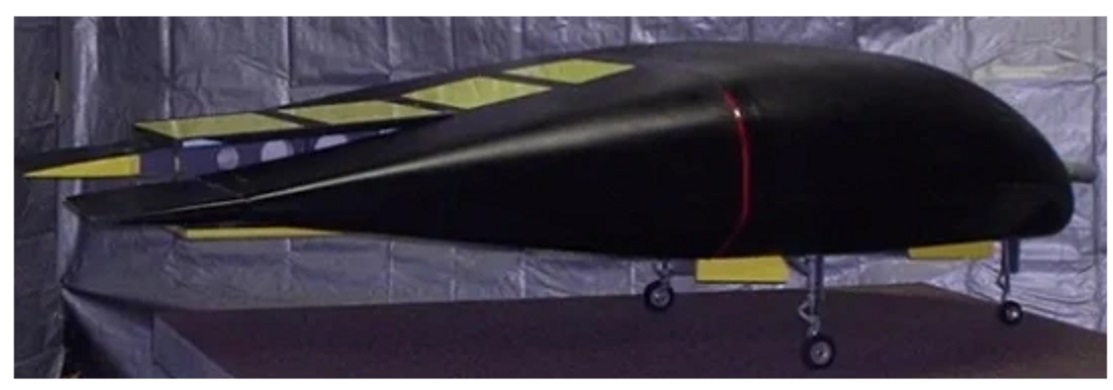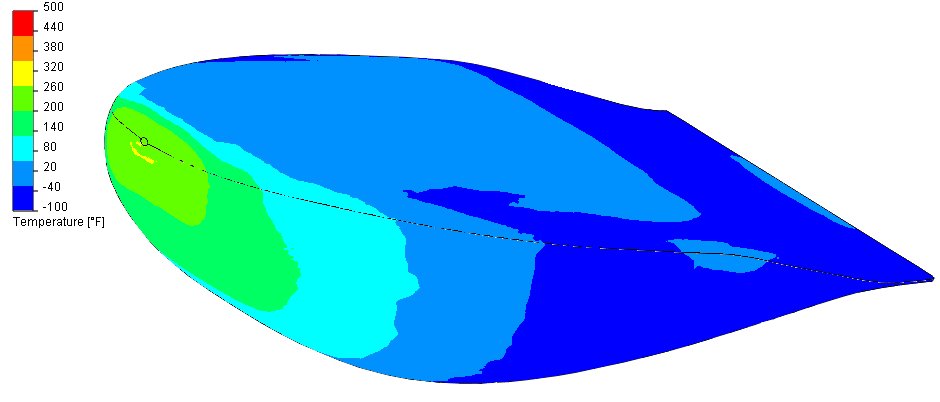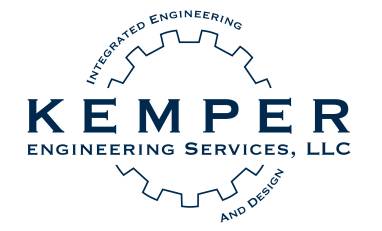
Case Study: US Space Plane Systems
Innovation in lifting body technology
Kemper Engineering Services has worked with US Space Plane Systems (and its predecessor, Aviation Dynamics) since 2004. Their lead designer, Jon Stephenson, came to KES to explain how a “lifting body” worked, only to find out the shop was staffed by space flight nerds who could talk about M2-F1 and other examples of airframes where the primary lift structure is the fuselage and horizontal wings are either nonexistent or serve as control surfaces. Modern computers and control systems helps make a modern lifting body more stable and responsive than it’s 1950’s and 1960’s predecessors (pictured above).
Stephenson and his team already had a number of patents as well as conducted physical research. KES built upon his research by developing a series of Computational Fluid Dynamic models to first validate the subscale model testing results. Based on those results, KES developed full scale model results for subsonic and supersonic flight at various altitudes as well as developed an example of a lift curve for a specified set of conditions. Working prototypes such as an “armored” Unmanned Aviation Vehicles (UAVs) have been used to gather data inside tornados, with the boom protruding from the UAV’s nose being part of the sensor package. A manned demonstrator is currently under construction using a truss-based framework to demonstrate the design’s flight characteristics.
KES’ expertise goes beyond aerodynamics. Their team has several members of the ASME Codes and Standards Committee for Pressure Vessels for Human Occupancy (PVHO). While aircraft fuselages are excluded from the PVHO rules, the expertise in life support and breathing systems still applies. More importantly, KES’ team are world leaders in engineering applications of acrylics and glassy polymers, the material used in canopies and windows as well as other applications requiring light weight optical materials. Our team is leading the ASME Design By Analysis for Glassy Polymers task group, which includes engineers from Lockheed Martin, NASA, US Navy Deep Submergence, and Triton Submarines as well as the major US and European structural acrylic producers. We understand the failure modes, historical foundations behind the codes, and how glassy polymers can be used in the future. KES has also done structural design and analysis for air frames and their components, such as working on fighter jet issues on behalf of Woodward HRT.
One of the proposed operational uses for the US Spaceplane airframes is for military uses. Stephenson states using modern materials and avionics their design can put high priority cargo and people on almost major runway in the world in a matter of hours. Our principal engineer, Bart Kemper P.E., is a retired Army Corps of Engineers officer with experience in designing, constructing, and evaluating airfields as well as logistic planning regarding airlift, giving him a technical background from which to work with aviation specialists. During his last few years in the Army he was active in reducing enemy UAV threat. The US Space Plane Systems’ “armored UAV”, which is designed to go into tornados, could be modified to be an “air superiority UAV” by smashing into more delicate UAV and keep flying. Kemper has also been a paratrooper and has multiple military deployments, giving him literally a ground-level understanding of expeditionary realities.
We are proud to support Jon Stephenson and US Space Plane Systems. With the advent of Space-X and others kicking off the commercial space race in earnest, KES is helping US Spaceplane to breathe new life into lifting bodies and become the latest entry in suborbital and transorbital flight. This is just one example of KES supporting Louisiana-based innovation.
(Top photo shows examples of earlier generations of experimental lifting bodies. Image courtesy of NASA)
(Bottom image are excerpts of one of Jon Stephenson’s patents and a plot of the full scale model at 50,000 ft at supersonic conditions.)






